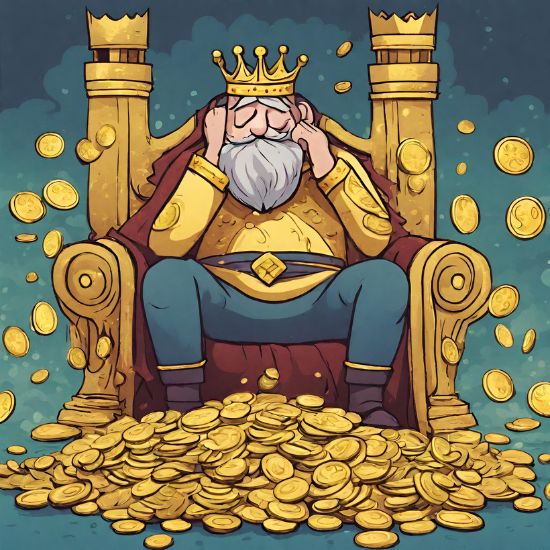If things are bound to go wrong and will go wrong, it’s worth predicting it and birthing something positive from it.
Predicting the worst, then attempting to mitigate or annihilate its impact.
If distributed in small portions, the same amount of evil will greatly reduce its impact,
almost rendering it harmless.
It generates resilience.
Poison turned into antidote
This is the ancient art of turning the worst into a controlled good.
This concept suggests an innovative interpretation of dystopia and the concept of Murphy’s Law, which states that if something can go wrong, then it probably will.
Dystopia, presented here as the daughter of this law, is seen not only as a negative perspective but also as an opportunity to transform evil into something good.
The idea of foreseeing evil and attempting to mitigate its impact represents a sort of dystopian genealogy, where awareness of possible negative consequences leads to the creation of defense mechanisms and resilience.
The distribution of evil in small portions suggests a strategy to make it more manageable and less harmful until it transforms into something almost harmless.
The image of poison turning into an antidote represents the idea of turning evil into something beneficial and constructive.
This transformation not only reduces the harmful effect of dystopia but annihilates it as evil and resurrects it as good, enabling us to decisively confront challenges.




